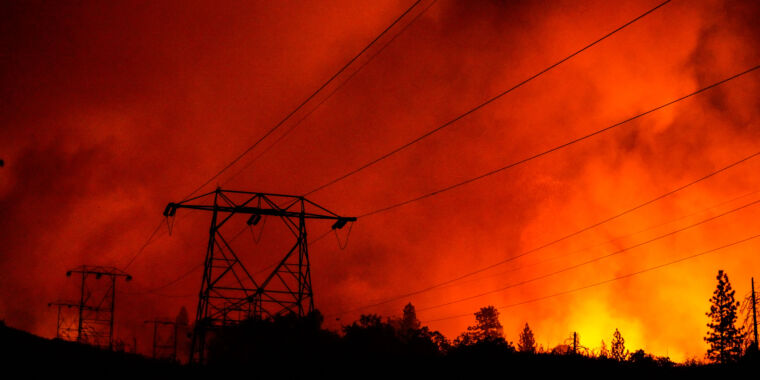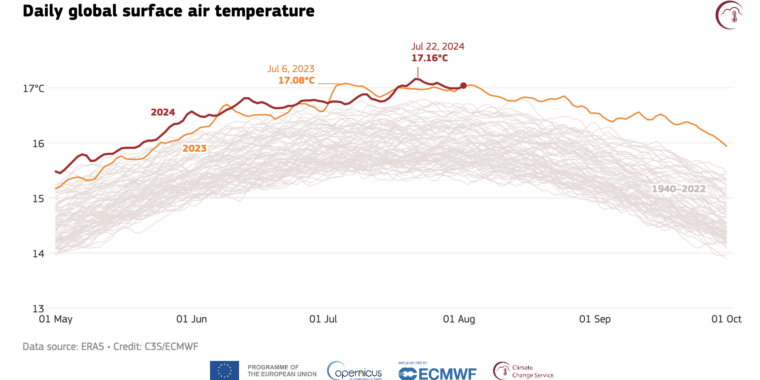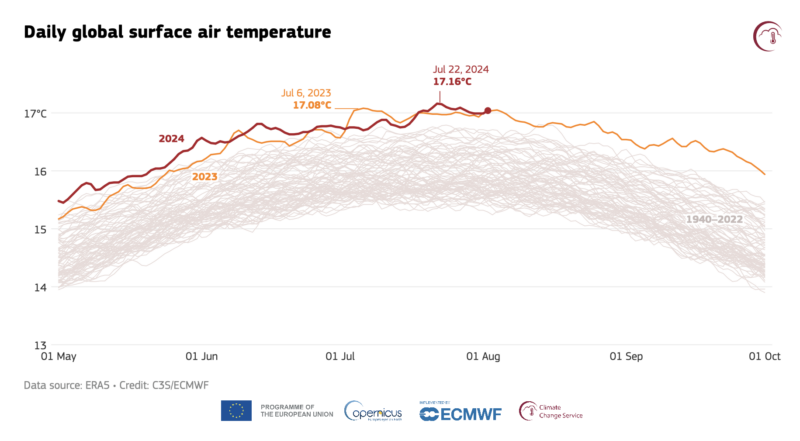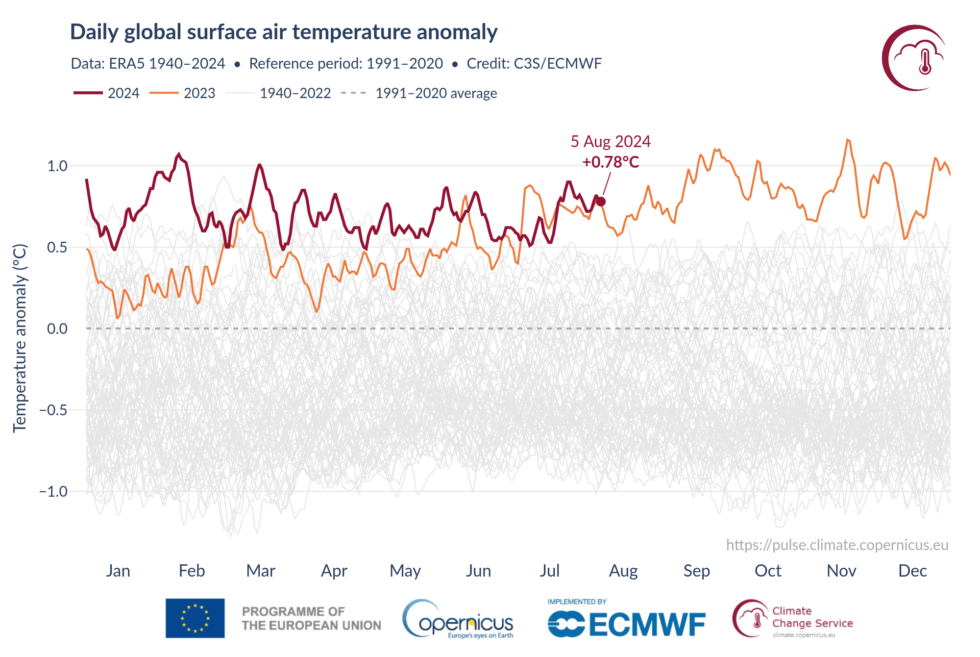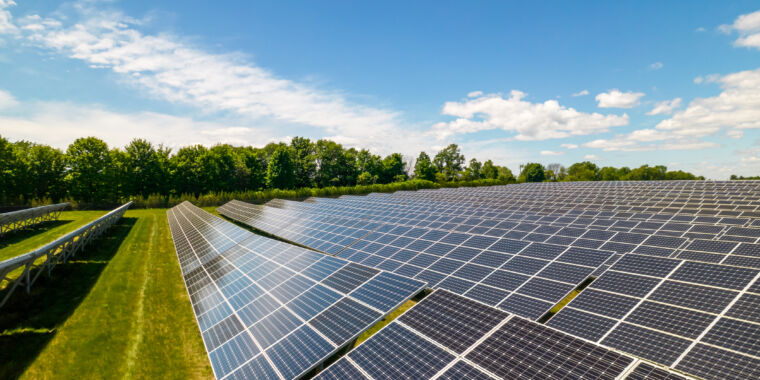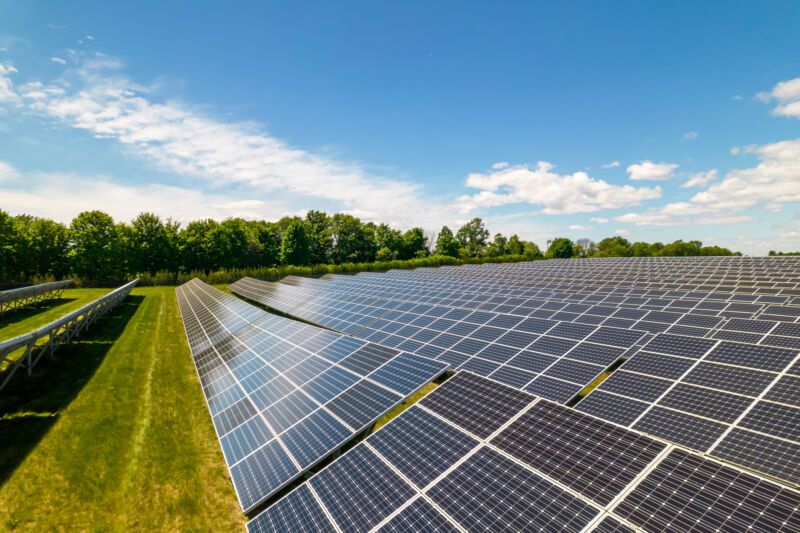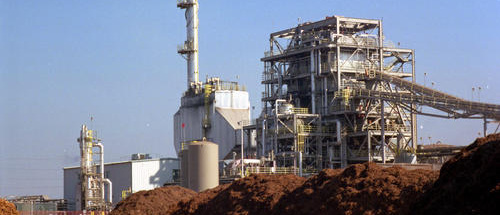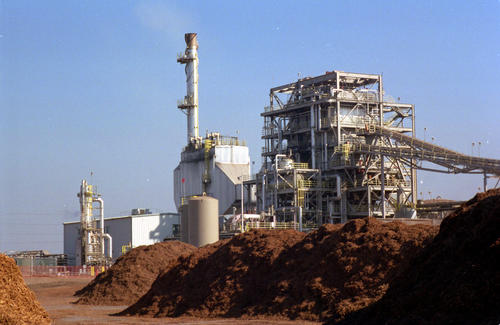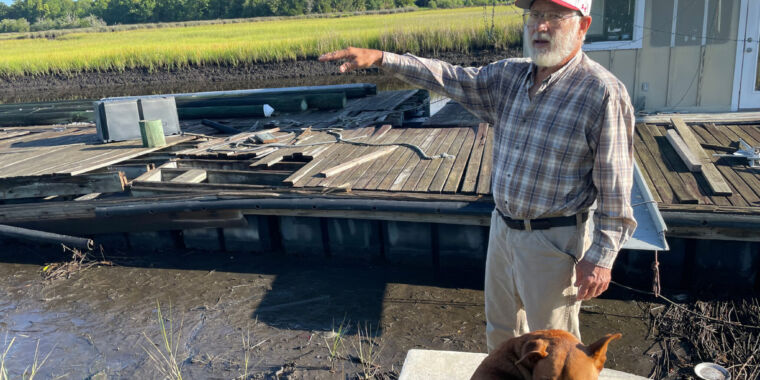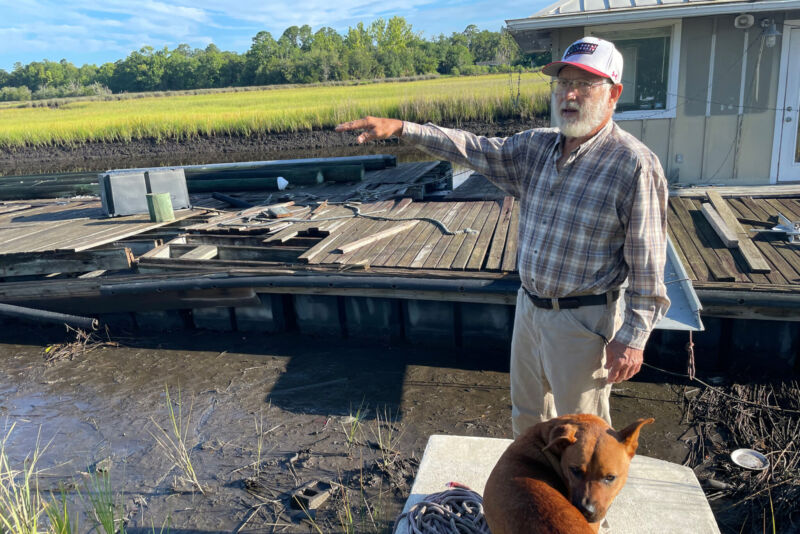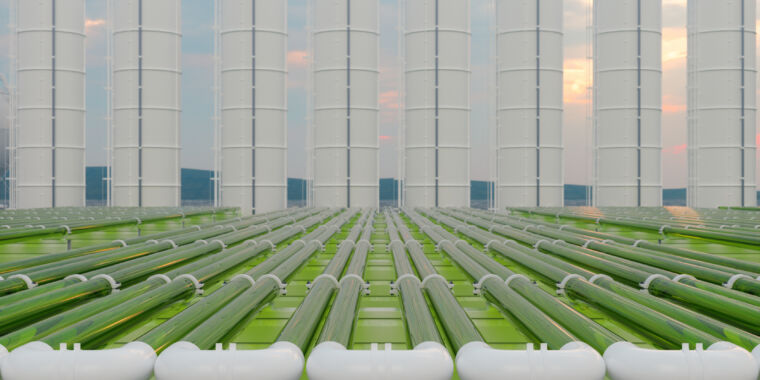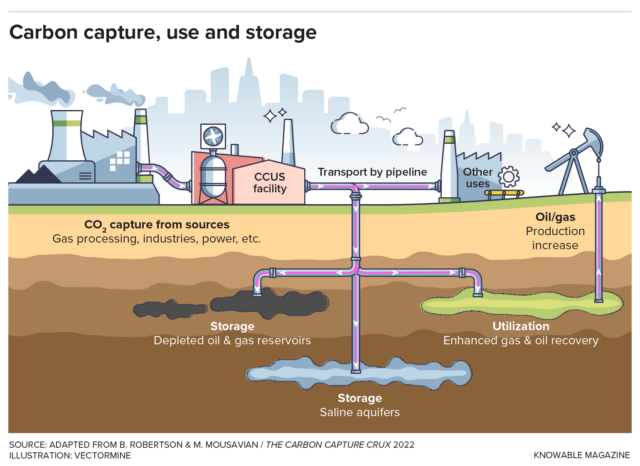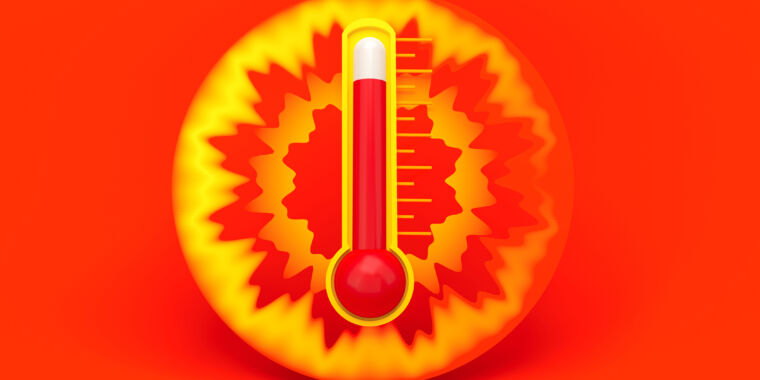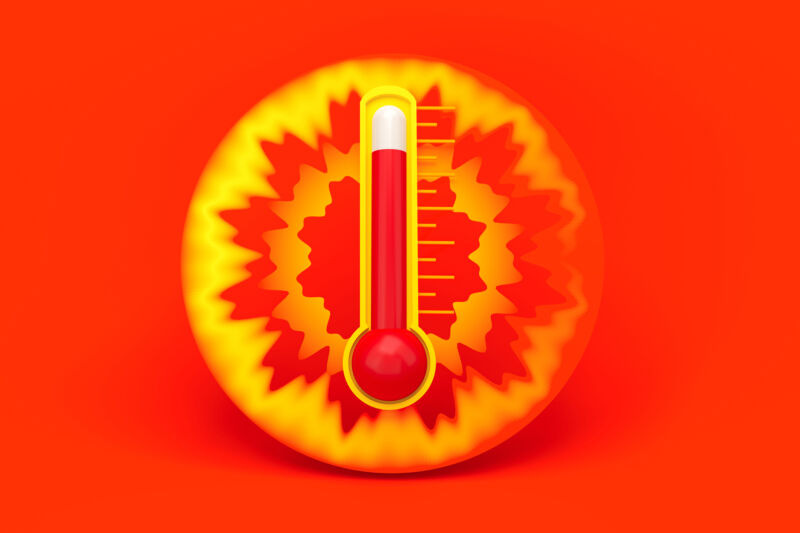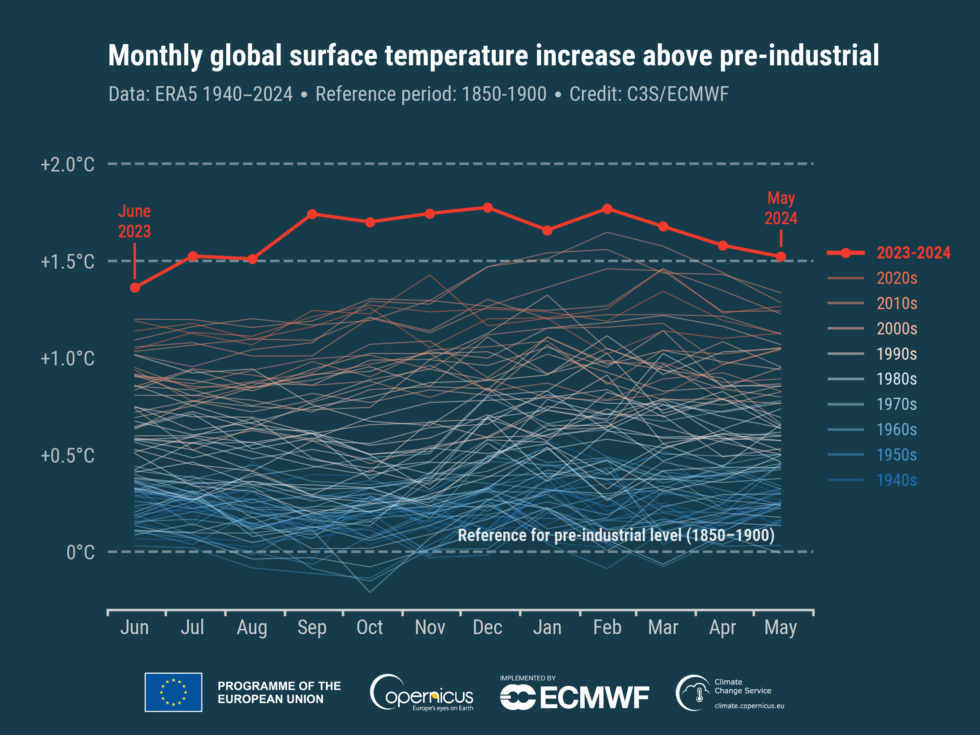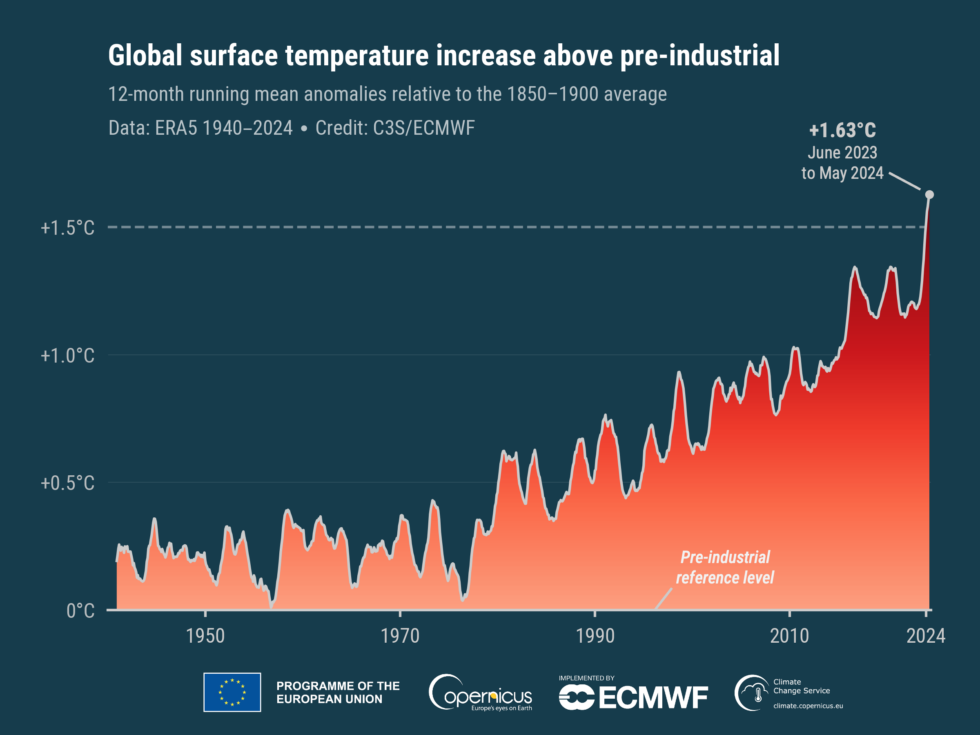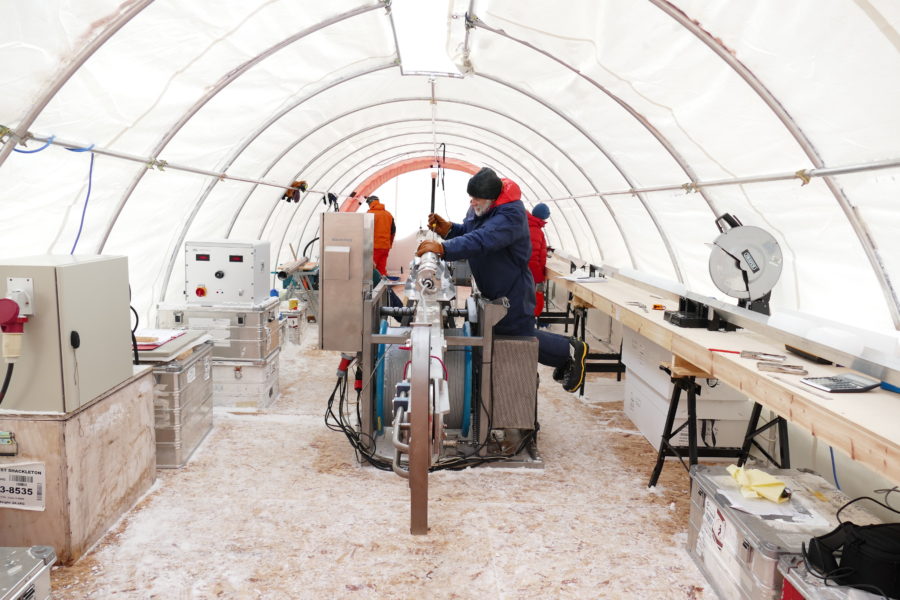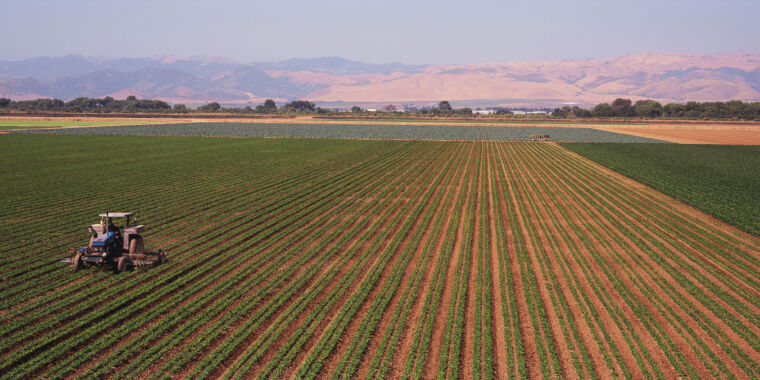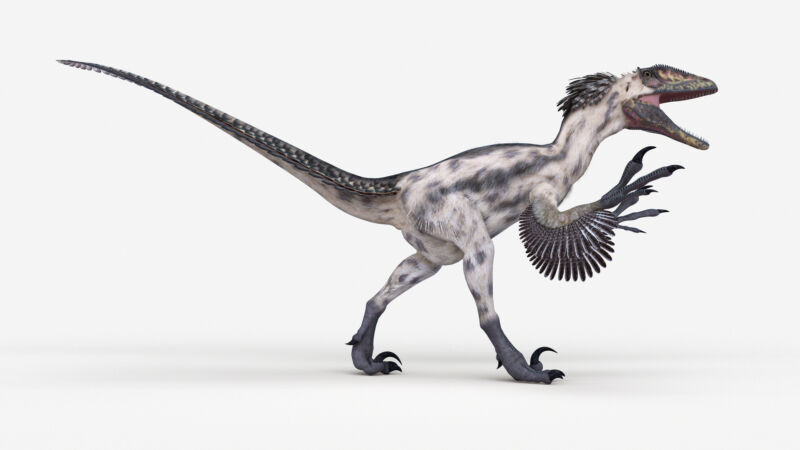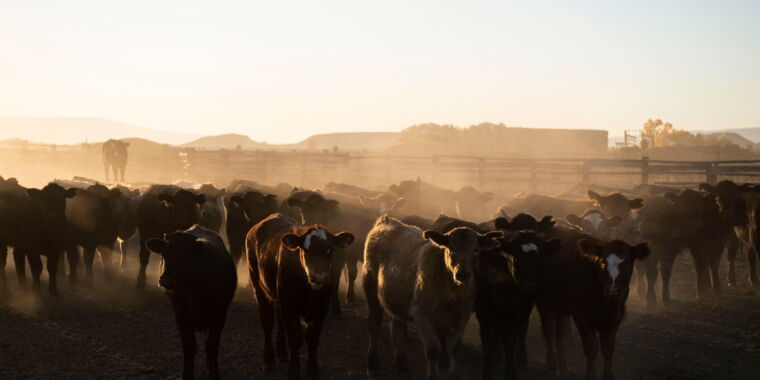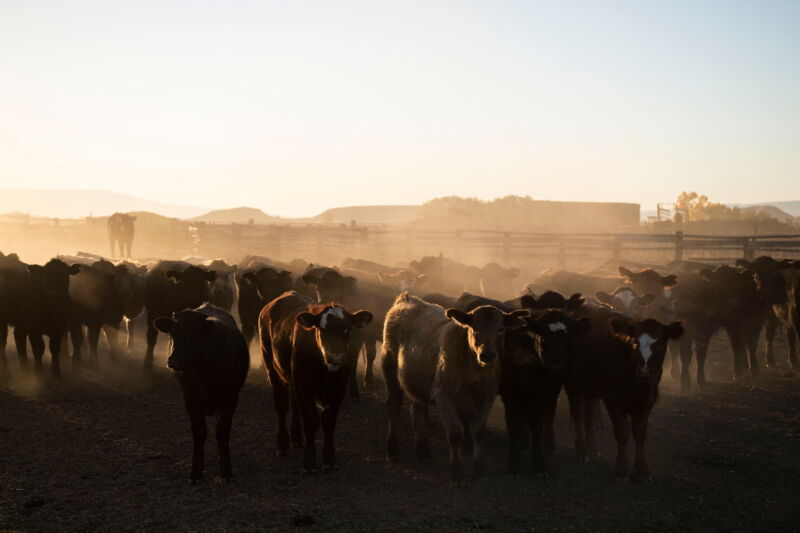Americans misunderstand their contribution to deteriorating environment
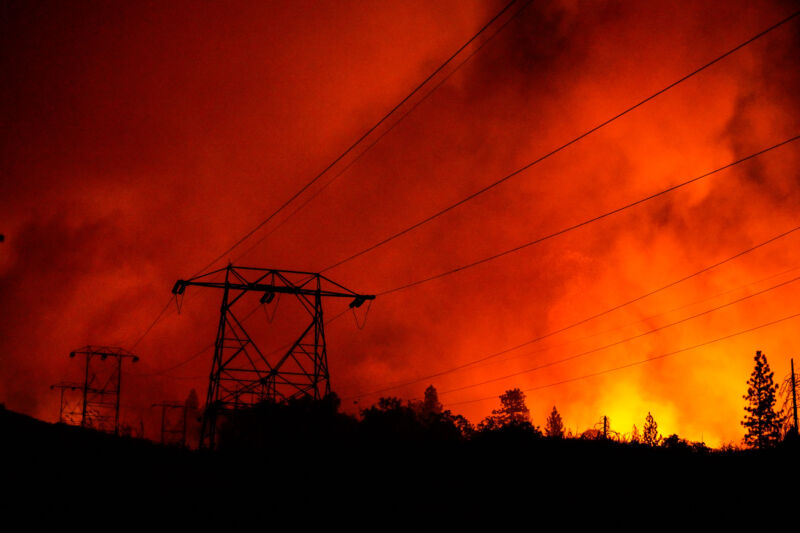
Enlarge / Power lines are cast in silhouette as the Creek Fire creeps up on on the Shaver Springs community off of Tollhouse Road on Tuesday, Sept. 8, 2020, in Auberry, California.
This article originally appeared on Inside Climate News, a nonprofit, independent news organization that covers climate, energy and the environment. It is republished with permission. Sign up for their newsletter here.
Most people are “very” or “extremely” concerned about the state of the natural world, a new global public opinion survey shows.
Roughly 70 percent of 22,000 people polled online earlier this year agreed that human activities were pushing the Earth past “tipping points,” thresholds beyond which nature cannot recover, like loss of the Amazon rainforest or collapse of the Atlantic Ocean’s currents. The same number of respondents said the world needs to reduce carbon emissions within the next decade.
Just under 40 percent of respondents said technological advances can solve environmental challenges.
The Global Commons survey, conducted for two collectives of “economic thinkers” and scientists known as Earth4All and the Global Commons Alliance, polled people across 22 countries, including low-, middle- and high-income nations. The survey’s stated aim was to assess public opinion about “societal transformations” and “planetary stewardship.”
The results, released Thursday, highlight that people living under diverse circumstances seem to share worries about the health of ecosystems and the environmental problems future generations will inherit.
Explore the latest news about what’s at stake for the climate during this election season.
But there were some regional differences. People living in emerging economies, including Kenya and India, perceived themselves to be more exposed to environmental and climate shocks, like drought, flooding, and extreme weather. That group expressed higher levels of concern about the environment, though 59 percent of all respondents said they are “very” or “extremely” worried about “the state of nature today,” and another 29 percent are at least somewhat concerned.
Americans are included in the global majority, but a more complex picture emerged in the details of the survey, conducted by Ipsos.
Roughly one in two Americans said they are not very or not at all exposed to environmental and climate change risks. Those perceptions contrast sharply with empirical evidence showing that climate change is having an impact in nearly every corner of the United States. A warming planet has intensified hurricanes battering coasts, droughts striking middle American farms, and wildfires threatening homes and air quality across the country. And climate shocks are driving up prices of some food, like chocolate and olive oil, and consumer goods.
Americans also largely believe they do not bear responsibility for global environmental problems. Only about 15 percent of US respondents said that high- and middle-income Americans share responsibility for climate change and natural destruction. Instead, they attribute the most blame to businesses and governments of wealthy countries.
Those survey responses suggest that at least half of Americans may not feel they have any skin in the game when it comes to addressing global environmental problems, according to Geoff Dabelko, a professor at Ohio University and expert in environmental policy and security.
Translating concern about the environment to actual change requires people to believe they have something at stake, Dabelko said. “It’s troubling that Americans aren’t making that connection.”
While fossil fuel companies have long campaigned to shape public perception in a way that absolves their industry of fault for ecosystem destruction and climate change, individual behavior does play a role. Americans have some of the highest per-capita consumption rates in the world.
The world’s wealthiest 10 percent are responsible for nearly half the world’s carbon emissions, along with ecosystem destruction and related social impacts. For instance, American consumption of gold, tropical hardwoods like mahogany and cedar and other commodities has been linked to the destruction of the Amazon rainforest and attacks on Indigenous people defending their territories from extractive activities.
The United States is one of the world’s wealthiest countries and home to 38 percent of the world’s millionaires (the largest share). But a person doesn’t need to be a millionaire to fit within the cohort of the world’s wealthiest. Americans without children earning more than $60,000 a year after tax, and families of three with an after-tax household income above $130,000, are in the richest 1 percent of the world’s population.
United Nations emissions gap reports have said that to reach global climate goals, the world’s wealthiest people must cut their personal emissions by at least a factor of 30. High-income Americans’ emissions footprint is largely a consequence of lifestyle choices like living in large homes, flying often, opting for personal vehicles over public transportation, and conspicuous consumption of fast fashion and other consumer goods.
Americans misunderstand their contribution to deteriorating environment Read More »
